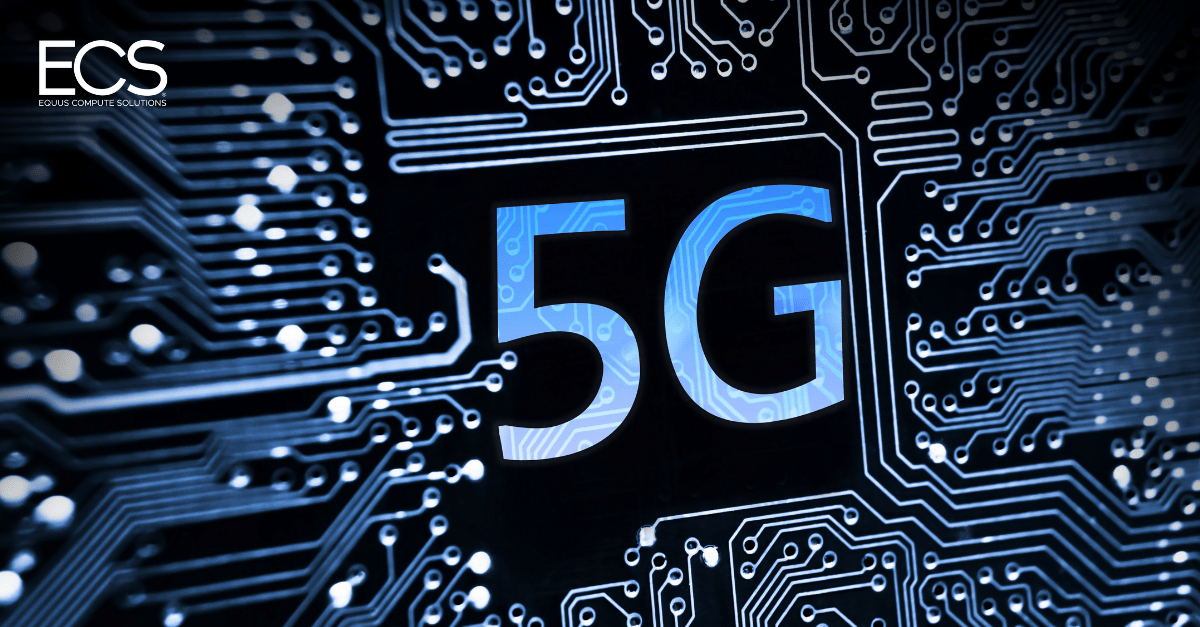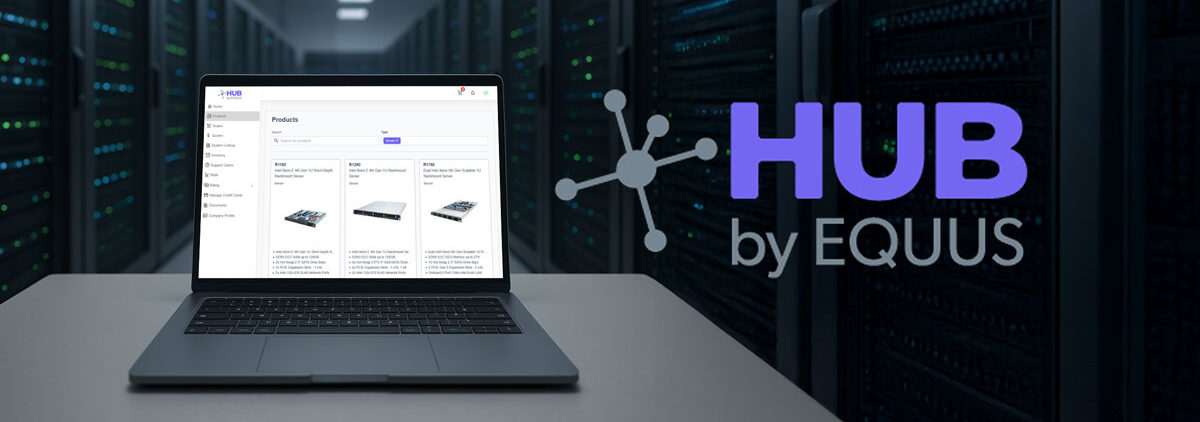5G is transforming how organizations operate. In smart cities, 5G connectivity can enable real-time monitoring and management of urban infrastructure, leading to improved traffic management and energy efficiency. In manufacturing, the integration of IoT devices at the edge can optimize production lines and reduce downtime through predictive maintenance. These advancements not only boost operational efficiency but also pave the way for innovative applications and services that were previously unattainable with slower, less reliable networks.
Of the many promised advantages of 5G, one of the most impressive is its ability to change the way we think about public clouds, the edge, and points of presence (PoPs). With immediate connectivity at 5G speeds, the data transmissions between PoPs and private or public clouds can utilize advanced waveforms, enabling real-time data processing. This capability facilitates efficient operations and the integration of IoT devices at the edge, opening up many important new possibilities across various industries:
- Data centers: improved service delivery through high speed connectivity and optimized network performance
- Finance: real-time transaction processing, data analytics, and compliance reporting
- Healthcare: ultra-efficient transmission of patient data across systems and applications
- Retail: new solutions for point-of-sale systems, customer data security, and supply chain logistics
- Telecommunications: increased network flexibility, scalability, and efficiency

To gain these exciting new benefits, IT teams must tackle the question of creating an adequate support structure that can handle 5G connectivity between both private and public clouds, and POPs at the edge. Fully and seamlessly integrating these network elements can be difficult for several reasons.
Firstly, the configuration introduces new cybersecurity challenges. More interconnected environments mean more vulnerabilities and a higher need to ensure data integrity across them. End-to-end encryption, multi-factor authentication, and advanced threat detection are all required, and the best method to implement these measures is through branch-to-internet and branch-to-private app connections using a full proxy architecture.
The second challenge to overcome is efficiently handling vast amounts of data (especially that generated by edge devices) when different systems and platforms are at work simultaneously. The network’s data routing and processing must enable seamless and standardized protocols and interfaces across a diverse range of technologies in a way that provides data quality and consistency—not an easy task.
That’s the challenge Zscaler, Intel and ECS have tackled together. For large, complex, geographically distributed networks supporting 5G infrastructure, we’ve created an all-new Edge Connector featuring a zero-trust protected, Intel architecture-based solution. Armed with this new Edge Connector solution, you’ll gain the efficient data routing, network segmentation, and centralized management that are crucial for next generation 5G connectivity and network operations.
Here’s how we did it: We started with a specialized Intel Atom processor, capable of ensuring smooth communication and data transfer across the network. This high-powered CPU can process and manage the large volumes of data that the high-speed, real-time requirements of 5G networks demand. From there, we added a top-of-the-line zero trust exchange platform to enhance cybersecurity through robust security features, including secure gateways through a zero trust network access model (ZTNA). With ZTNA, the ECS Edge Connector solution ensures that only authenticated and authorized users and devices can access specific network devices across all branches, all through a centralized network security configuration. With powerful units like the Intel Atom processing and security data, the edge connector provides the pathways that ensure efficient and correct data transmission across network locations—a perfect blend of performance, integration, and security.
Looking ahead, the capabilities unlocked by 5G connectivity promise to drive significant innovations across multiple domains. These future developments underscore the critical role of robust 5G infrastructure in fostering a new era of technological advancement. To help drive those developments, ECS and our partners are working to equip IT leaders with the tools they need to create a faster, smarter, more optimized world.
Want to learn more about the new ECS Edge Connector solution? Click here.
Additional Resources
Blog: 5G at the Edge: The Path for Data Centers To Support Next-Gen Applications








